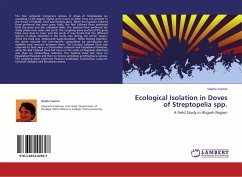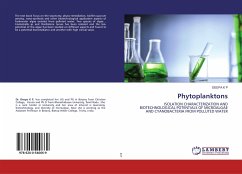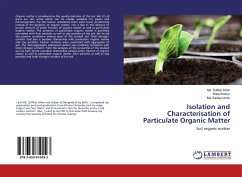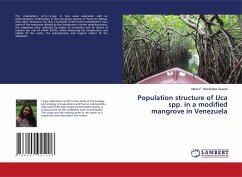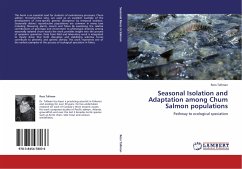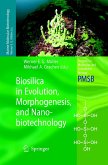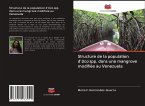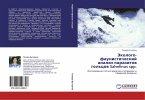The four sympatric congeneric species of doves of Streptopelia sp. coexisting in the Aligarh region were found to differ from one another in the choice of habitat, food and feeding place. While the Eurasian Collared Dove preferred the open grass fields, the Red Collared Dove preferred both the grass and the cultivated fields. The Spotted Dove preferred the shady places near cover and scrub. The Laughing Dove preferred the grass field, area close to cover and the scrub. It was found that the different species of doves coexisted in the study area during the winter season, when the food was temporarily superabundant . While feeding together, the doves reduced the inter-specific competition by partitioning the available seed resource between them. The Eurasian Collared Dove was observed to feed more on Echinochloa colonum and Paspalidium flavidum, while the Red Collared Dove fed more on the seeds of Paspalum distichum and then on Echinochloa colonum. The Spotted Dove fed more on Paspalidium flavidum and then on Setaria verticillata and Brachiaria ramosa. The Laughing Dove preferred Panicum antidotale, Echinochloa colonum, Cynodon dactylon and Brachiaria ramosa.
Bitte wählen Sie Ihr Anliegen aus.
Rechnungen
Retourenschein anfordern
Bestellstatus
Storno

